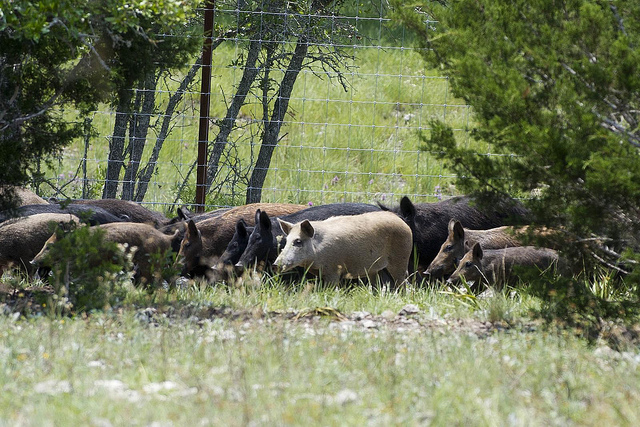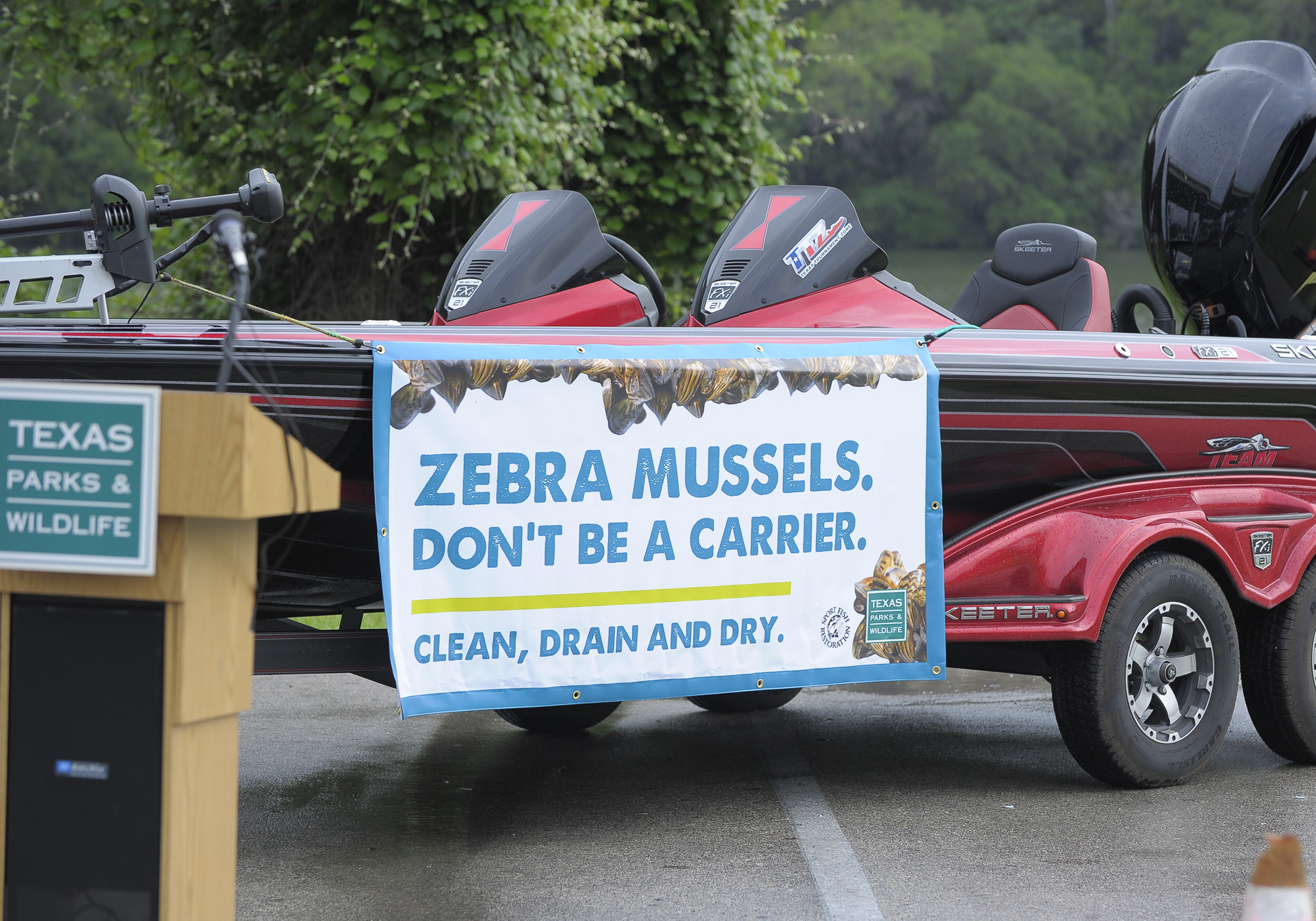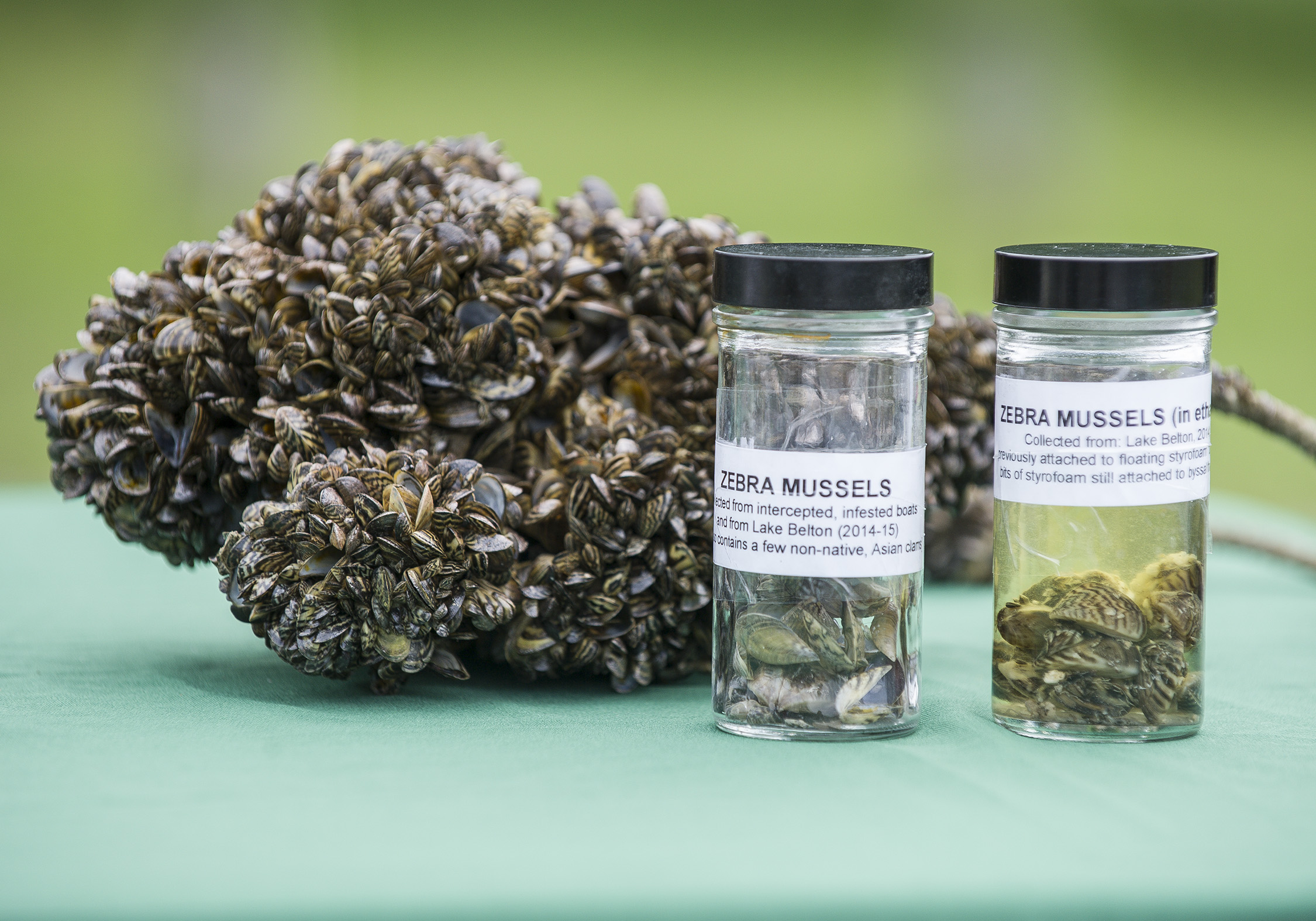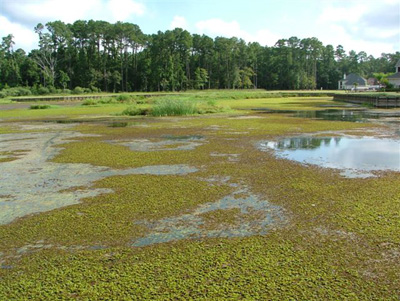The “Cure” for Feral Swine
Monday, May 25th, 2015This is Passport to Texas
It’s ironic that sodium nitrite, a preservative used in sausage-making, might one day aid in the control of feral swine in Texas.
11- Sodium nitrite gives cured meat a red color, improves the flavor; we eat it all the time in bacon, ham and any cured meat.
Biologist Donnie Frels works out of the Kerr Wildlife Management Area. Sodium nitrite can reduce the blood’s ability to carry oxygen throughout the body. Humans and most mammals have an enzyme which efficiently reverses this process: swine cannot.
10- We are attempting to take advantage of that and exploit that in order to use sodium nitrite as a possible control measure in feral swine.
Exotic feral hogs compete with native wildlife for food and destroy habitat. Researchers are working with professional chemists to stabilize the sodium nitrite so they can successfully place it into a “bait matrix”.
12- Which can then be used in a specific feeder which only hogs can gain access to. That way we ensure that other non-target animals are not exposed to the toxicant bait.
Researchers at the Kerr have been investigating sodium nitrite as possible control for feral swine since 2010 (in a secure 12 acre research facility); while it looks promising, Frels says it may be several more years before an effective toxic bait is available commercially.
The Wildlife Restoration Program supports our series.
For Texas Parks and Wildlife…I’m Cecilia Nasti.







 Passport to Texas is a
Passport to Texas is a  Passport to Texas is made available by:
Passport to Texas is made available by: